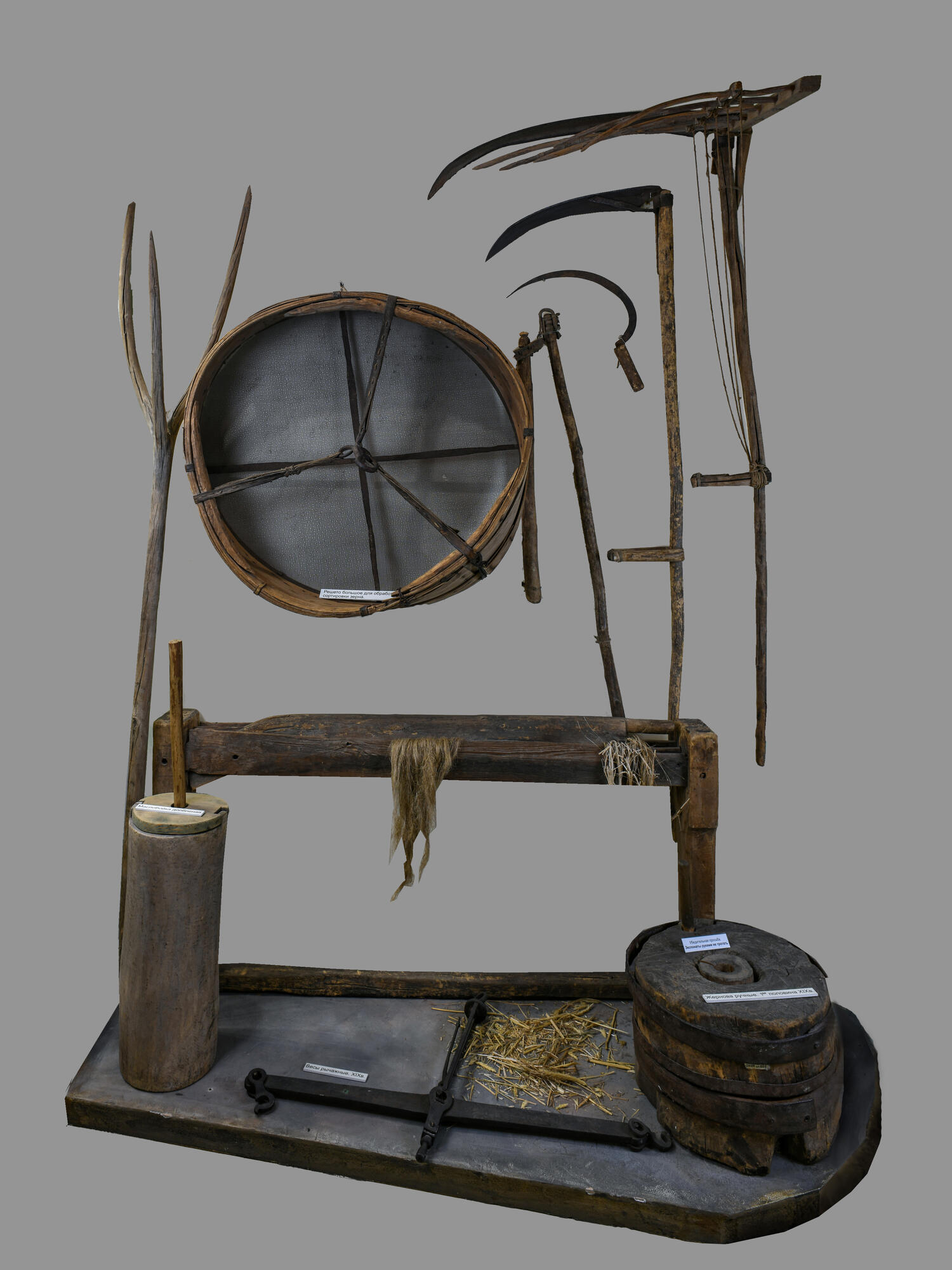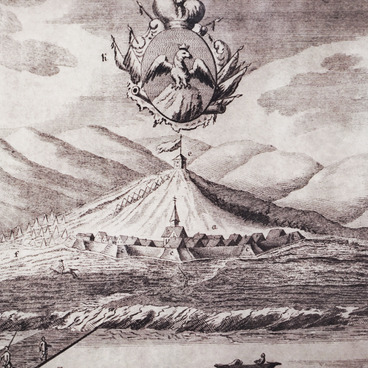At the beginning of the 18th century, the southern Urals steppe formed the distant southeastern border of the Russian Empire, and the Yaik was the border river, beyond which lay the ‘Kirghiz Kazakh Steppe’.
Gradually, driven by peasants fleeing from the landed gentry, the number of troops in the Yaik Cossack army grew. In the first few decades of the 18th century, a Russian settlement on the banks of the Sakmara river sprung up again - the Sakmar Cossack Town. Since its foundation, the town was a safe haven for fleeing peasants. Until the foundation of Orenburg, it was the only place with a Russian population in the region.
Gradually, driven by peasants fleeing from the landed gentry, the number of troops in the Yaik Cossack army grew. In the first few decades of the 18th century, a Russian settlement on the banks of the Sakmara river sprung up again - the Sakmar Cossack Town. Since its foundation, the town was a safe haven for fleeing peasants. Until the foundation of Orenburg, it was the only place with a Russian population in the region.
The most commonly used agricultural tool in the province was ‘sokha’ (a wooden plow), which had a number of varieties: single-toothed, a plough with two ploughshares and a one-sided plough.
Ploughs were used for hard virgin fields. The wooden plough had a wide runner, iron knife, a wide iron ploughshare fixed horizontally onto the runner and a blade.
Between the 18th and 19th centuries, the most widely used harvesting tool was the sickle.
The most common form of the sickle at this time was a curved knife with a pointed straight end and a short wooden handle, that formed a right angle with the blade. The shape of the sickle’s bend was formed to fit the requirements of the tool. Whilst holding the sickle in the right hand, the harvester (typically a female) would then separate a bundle of wheat heads using the narrow blunt end, grabbing it with their left hand, before cutting off the whole bundle with the central pointed part of the blade.
A scythe is different from a sickle as it has a differently shaped handle and blade. A scythe’s blade was almost straight with a slightly curved end, just like ancient sickles. The handle connected to it at a right angle. These tools were used for mowing grass and harvesting grains: oats, millet, rye, wheat, if the latter hadn’t been cut with a sickle.
Ploughs were used for hard virgin fields. The wooden plough had a wide runner, iron knife, a wide iron ploughshare fixed horizontally onto the runner and a blade.
Between the 18th and 19th centuries, the most widely used harvesting tool was the sickle.
The most common form of the sickle at this time was a curved knife with a pointed straight end and a short wooden handle, that formed a right angle with the blade. The shape of the sickle’s bend was formed to fit the requirements of the tool. Whilst holding the sickle in the right hand, the harvester (typically a female) would then separate a bundle of wheat heads using the narrow blunt end, grabbing it with their left hand, before cutting off the whole bundle with the central pointed part of the blade.
A scythe is different from a sickle as it has a differently shaped handle and blade. A scythe’s blade was almost straight with a slightly curved end, just like ancient sickles. The handle connected to it at a right angle. These tools were used for mowing grass and harvesting grains: oats, millet, rye, wheat, if the latter hadn’t been cut with a sickle.




